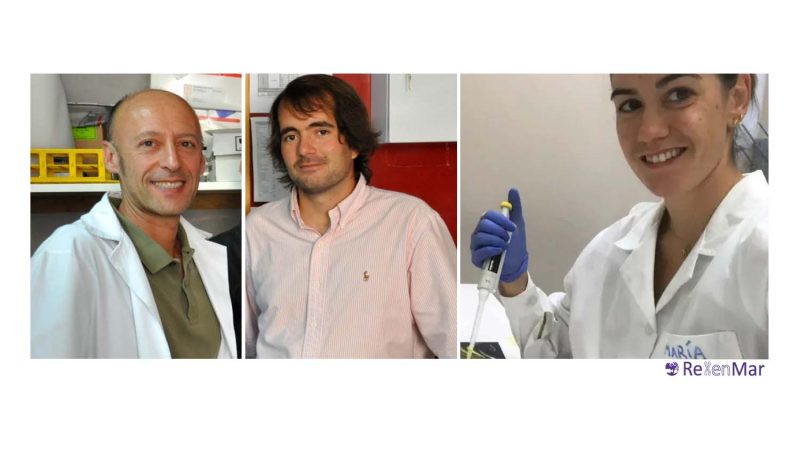Researchers from the Centro de Investigación Mariña of the Universidade de Vigo, CIM-UVigo, have just published an article in the scientific journal ‘Animals’ in which they highlight the importance of integrating genetic information in the management of hake stocks. The research was carried out within the Marine Genetic Resources group (ReXenMar) and is based on an investigation conducted during the period 2015-2020 on board of different vessels, both commercial and research, which included the sampling of the five main regions where the European hake (Merluccius merluccius) is distributed.
The article is entitled ‘EST-Microsatellite Types and Structural Scenarios in European Hake Fisheries’ and it is the result of the joint work of researchers Pablo Presa, Alfonso Pita and María Fernández Míguez, members of the Marine Genetic Resources Group, ReXenMar. “In this study we demonstrate the information that can be obtained from different types of genetic markers, each of them is suitable for different purposes,” the authors explain. The first type of markers are called directional markers, which are thought to be measuring natural selection pressure. However, they showed that their variation is compatible with ancient selection pressures and episodes of extreme drift, so they do not measure the current fisheries adaptation. “Evolutionary novelty, and therefore generating adaptive potential of populations, is detected with balanced markers, which until now have not been the object of attention in applied studies,” highlights the researchers, who, thirdly, point out that the detection of demographic dynamics of genetic relevance for fisheries management should be assessed with neutral markers, “i.e. those that can measure current structure and connectivity between fishing grounds without functional restrictions”.
They conclude that the European hake forms a metapopulation of two geographic stocks
Among the research results presented in the article, the authors highlight the fact that “directional markers are useless at best and misleading at worst for the delineation of fish stocks and their demographic management, due to their selective bias”. The results observed with directional and neutral markers show that the European hake forms a metapopulation of two geographic stocks with restricted connectivity in the Almería-Oran oceanographic front, both of them responds to a sub-structure of isolation by distance, being for example the North Sea hake the one that is furthest from the rest of the Atlantic, both geographically and genetically”. These results counter recent panselectionist studies, based on natural selection, which defend the existence of seven genetically differentiated hake stocks, four in the Atlantic and three in the Mediterranean. Knowledge of the number and distribution of fish stocks is vital for species management, as the exploitation plans have to take into account the dynamics of each one.
Source: DUVI

